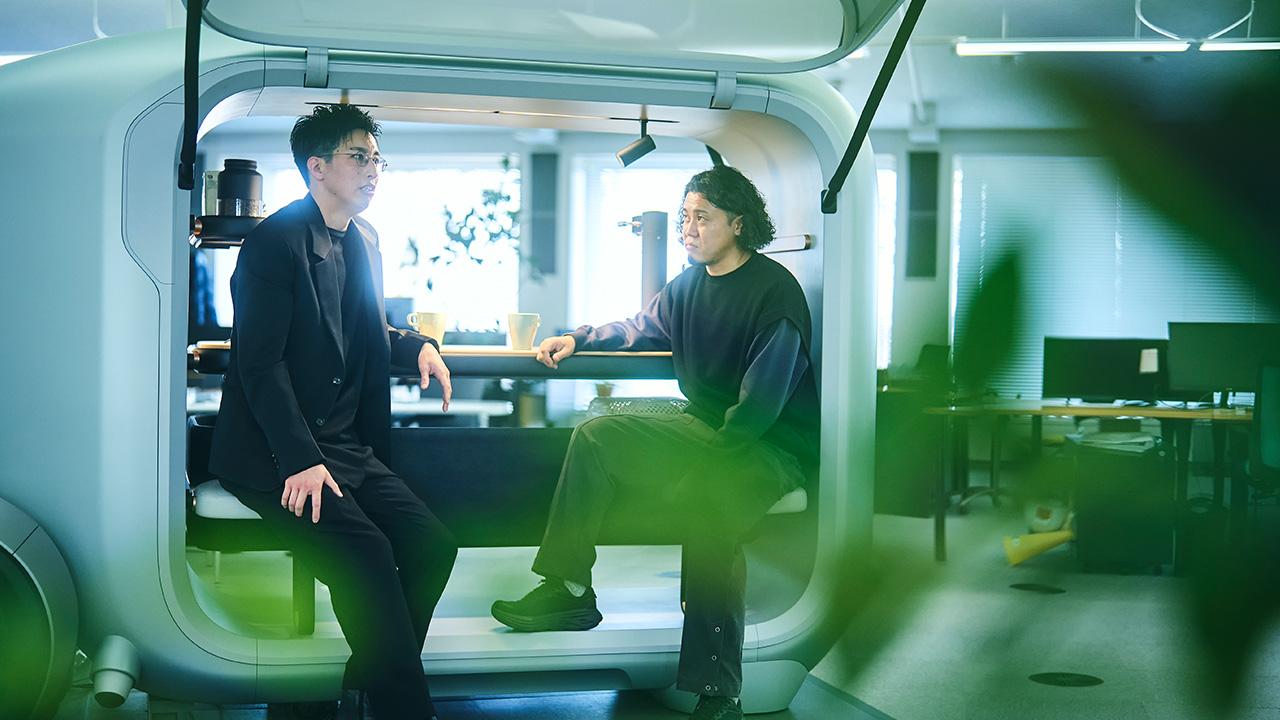
Even within Toyota, few people know about the Hachioji design base. Located at the end of an uphill road, this facility houses astonishing next-generation products.

Is the future of mobility being created in Hachioji?
This intriguing question inspired our recent interview. We visited the answer atop a gently sloping hill in Tokyo's Hachioji district. Once the site of a university campus, the area has now become a base for designing future mobility solutions.

What exactly is taking place at this facility? In this article, we offer up numerous cutting-edge products yet to be unveiled to the public. Read on for a delightful peek at these innovative creations.
One unfamiliar item after another
Upon entering the entrance, we were greeted with a display of unfamiliar mobility devices.


In addition to the items shown in the photos above, other exhibits include the previously reported nap seat TOTONE and the electric wheelchair JUU capable of climbing stairs. First, we would like to introduce the significance of this design base for Toyota.
Once known as the Tokyo Design Research Lab., it was responsible for developing concept cars to be showcased at motor shows. Later, as Toyota aimed for transformation into a mobility company, the research lab evolved into the Advanced Design Development Department, focusing on emerging areas beyond cars. This facility in Hachioji serves as the hub for these endeavors.
As Toyota transitions from a car company to a mobility company, its product development philosophy has also undergone a significant shift, moving from a focus on people and cars to encompassing people and all aspects of life.
Do mobility devices communicate intentions?
The entrance also featured the small delivery robot Micro Palette, which was a topic of discussion at the 2019 Tokyo Motor Show.

To evolve from cars to mobility, Toyota needed to re-examine the relationship between people and mobility and consider what people fundamentally desire. Micro Palette was developed with this perspective in mind.
It transports not only items but also emotions, offering a more personal and empathetic logistics experience. Takashi Nishimura, the Assistant Manager of the Advanced Design Development Department, had this to say:
Nishimura

To foster trust between people and technology, it was essential to investigate the subtle communication that occurs unconsciously among humans and the gestures that evoke an instinctive sense of cuteness.
This Micro Palette doesn't have any discernible eyes or mouth in its design. Yet, when approached, it turns slightly up. The impression that it possesses intentions actually stems from these subtle movements.

These gestures create the impression that Micro Palette is engaging in communication with the person it encounters.
Nishimura
As the focus expanded from cars to encompass all aspects of life (due to the transition to a mobility company), it was initially challenging to envision what to design. Our initial consideration was how to best align with people's emotions and sensibilities.
As a result, they conducted an experiment to create a device that mimics the behavior of a spotted garden eel, a marine fish that stays still when touched gently but quickly retreats when approached suddenly.

Toyota inspired by spotted garden eels? Discover the details on the next page.

